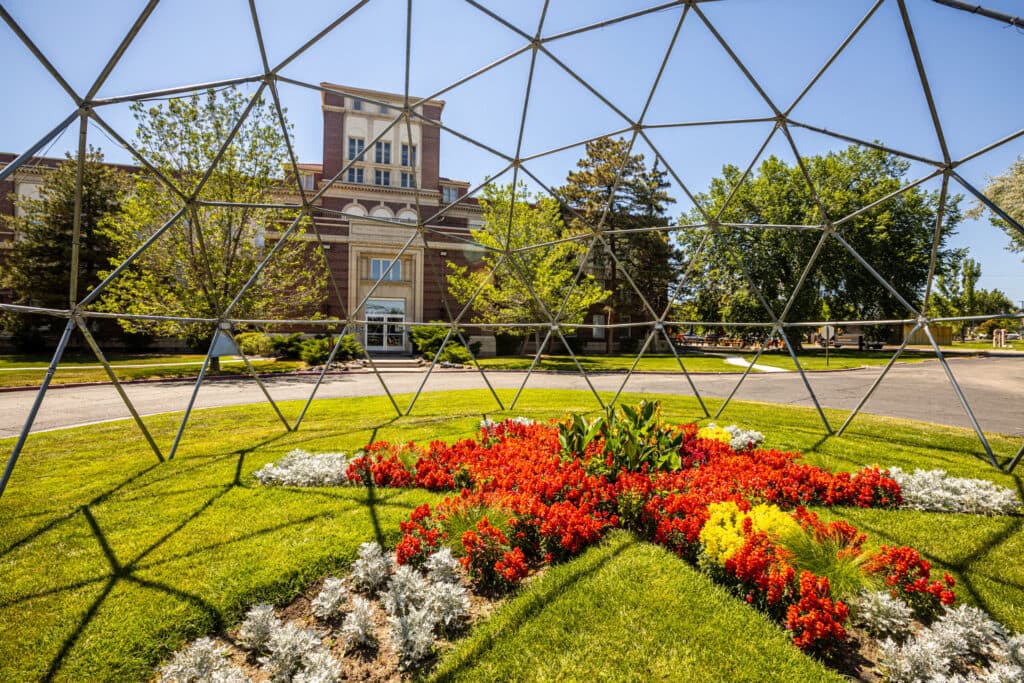For those of you who live in and around Denver, have you considered who to thank for the flourishing arts and culture establishments around our beautiful city? From the Denver Public Library to the Civic Center, and the Denver Art Museum, the Mile High City is filled with artistic gems. In honor of Women’s History Month, we wanted to highlight a special woman who helped pioneer these establishments to reach their current status.
Anne Evans was born on January 23, 1871 as the youngest child of John Evans and Margaret Patten Gray, the former governor and first lady of the then Colorado Territory. Evans was born in London while her family was on a trip abroad, but went on to live the majority of her life in Colorado, splitting her time between the family’s ranch and their home in Denver. From an early age, Evans showed a great aptitude for art and went on to pursue a world-class education in the arts.
With the help of her family’s wealth and status, Evans went on to foster the Denver art scene by commissioning works by artists she admired and connecting them with collectors and jobs. For that reason, she was appointed by the mayor in 1904 to the newly created Denver Art Commission. Six years later, the Carnegie Library opened in the Civic Center’s first building, the McNichols building. Between her work at the Artists’ Club of Denver, the Denver Art Commission, and the Denver Public Library Commission, Evans was able to secure a permanent gallery in the McNichols building for artists. Evans continued to be a pioneer in the arts and culture space. The same year the McNichols building was completed, she became the first woman in the country to ever hold office as the President of the Library Commission.
In 1922, when the Artists’ Club of Denver formally became the Denver Art Museum, Evans was named the interim director and went on to oversee the organization at the highest level. With her keen eye for quality craft, Evans was a proponent of advancing public perception surrounding Native American art as fine art. Under Evans, the Denver Art Museum became the first museum in the country to have a Native American art exhibition, which soon became known as the Native Arts Department, which housed many pieces donated from Evans’ personal collection.
On January 6, 1941, Anne Evans died of a heart attack. As she requested upon her death, all of her possessions, including her own artwork, were destroyed for reasons that remain a mystery to this day. However, two surviving pieces by Evans were later discovered and are now displayed in her historic family home. The Byer-Evans mansion is now the location of the Colorado Center for Women’s History, on the same campus as the new Denver Art Museum.
To this day, Anne Evans is considered the mother of the Denver arts community. Her influence and hard work are still evident in the city’s culture. Whether it be the institutions she helped found and advance, the barriers she broke, or the work she did to elevate the works of indigenous artists – her impact was immense. To learn even more about Denver’s history and the arts, check out Our History. Happy Women’s History Month!
Duncan, E. (2020, October 14). Anne Evans. Colorado Encyclopedia. Retrieved from https://coloradoencyclopedia.org/article/anne-evans

